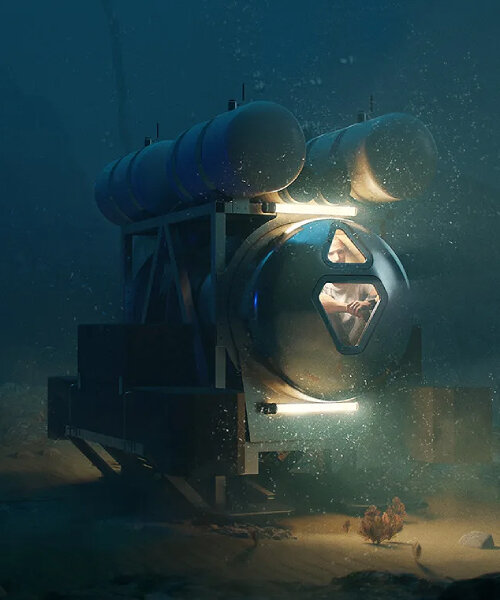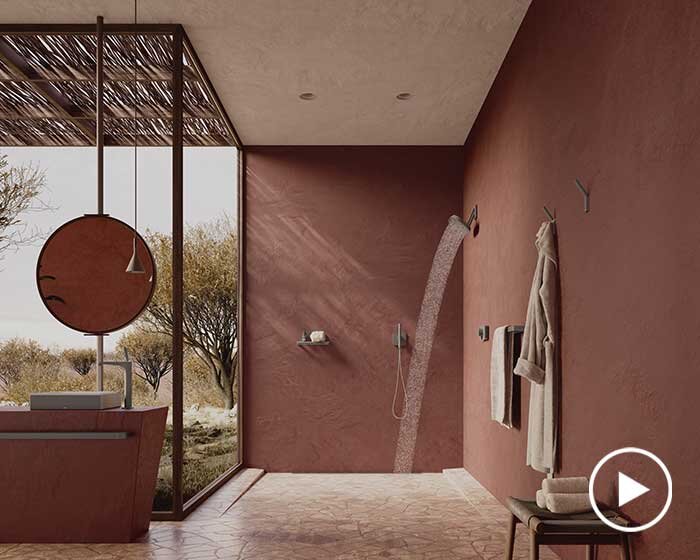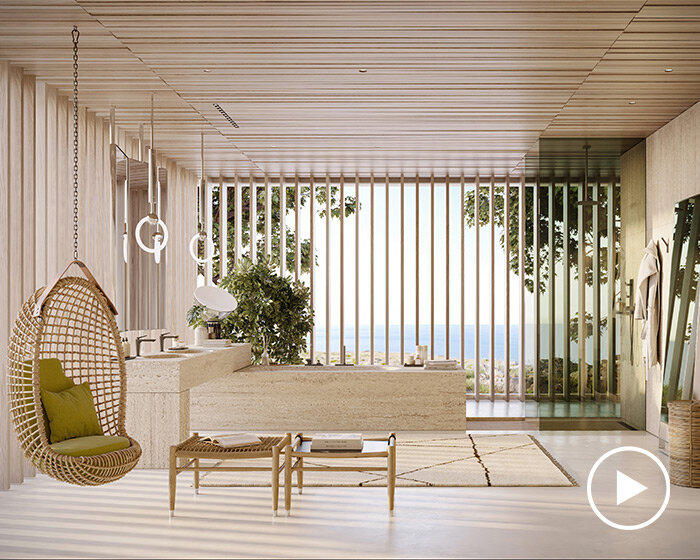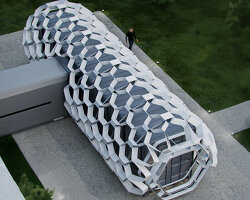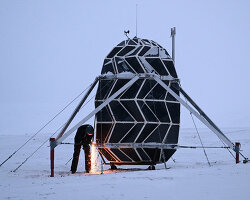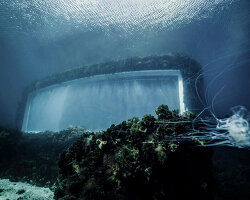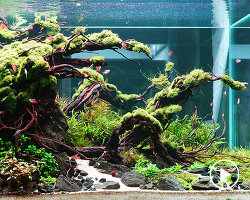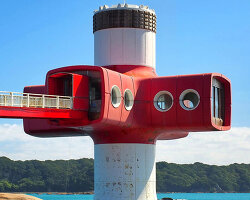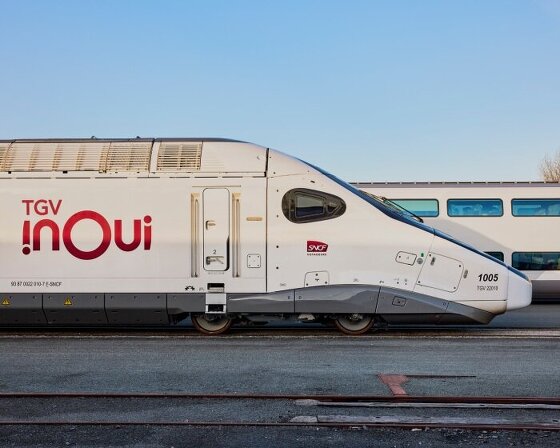SAGA plunges into the sea for testing and data gathering
In September 2023, SAGA went into the seabed in its underwater habitat and research facility as part of its testing and gearing up to the full-scale habitat that aims to carry three researchers into the cabin. Through Deep Habitat, SAGA wants to establish a new high-tech habitat for marine and ocean research, and even astronaut training.
Before the research facility in the sea, the space architects team had already devised a circadian light that could help astronauts sleep better in space. Today, its underwater habitat, submerged in Denmark, can help researchers conduct studies of the marine life up close and become an insider of the ocean life, keeping a close eye on their cycles.
The testing made SAGA build a modest, one-person pilot habitat to plunge complete with the basic subsystems necessary to support life submerged in water. It included all of the same technology that is necessary for a full-scale underwater habitat. It was one of SAGA’s founders, Sebastian Aristotelis who tested the small-scale underwater habitat during testing. For 48 hours, he stayed in the seabed and inside the pilot habitat before he was brought back up. The data gathered is expected to be used for the full-scale habitat and for further considerations and testing before the 3-person version gets unveiled in 2026.
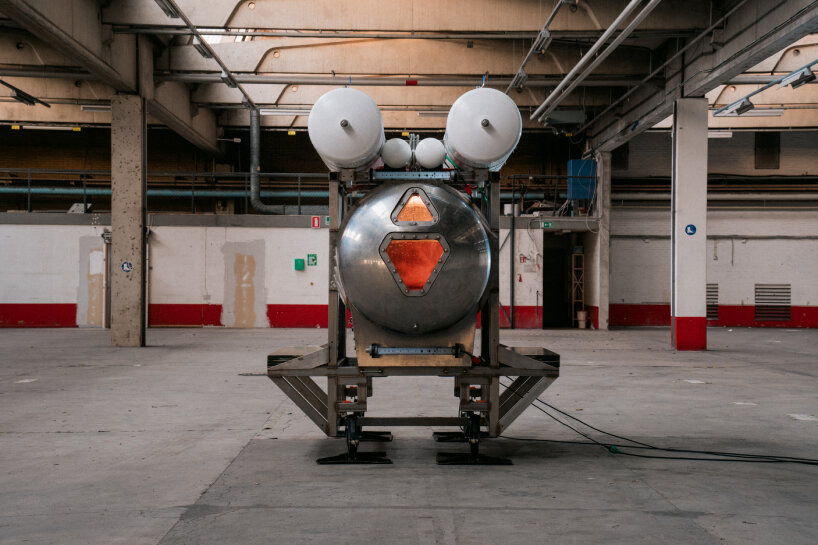
images courtesy of SAGA Space Architects
Full-scale underwater habitat for 3 researchers
As mentioned, SAGA is planning to reveal the full-scale production of its underwater habitat in 2026. It can carry up to three researchers to conduct research activities for around a month at a depth of more than 10 meters under the sea. Aside from serving as a marine research facility, the underwater habitat is set to double as a training facility for astronaut and space mission training, which is only possible in the USA at the moment.
Rather than a pod-looking habitat, the three-person, full-scale version seems to look more like a vertical tank to help the researchers bring more items with them and allow for a more spacious interior. SAGA says that underwater habitats can provide valuable insights into the physical and psychological challenges faced by astronauts during long-term space missions.
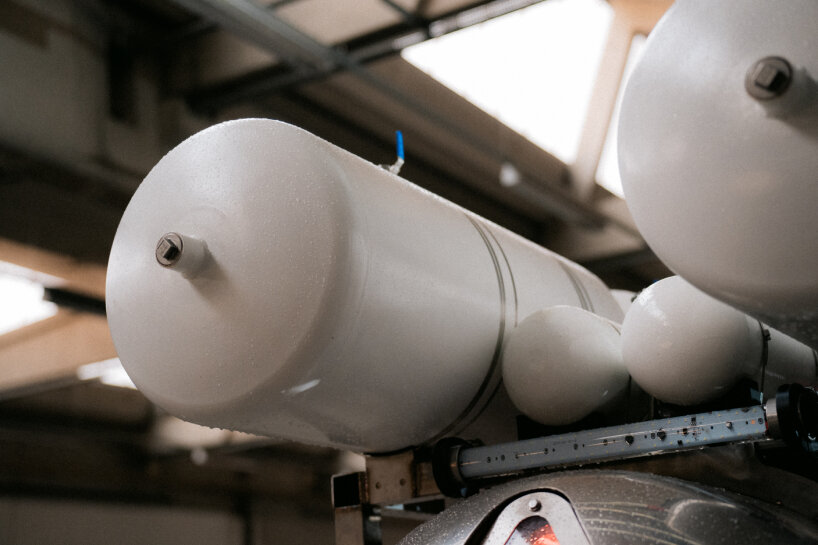
ballast tanks
SAGA compared the surface of Mars and seabed as being in an environment with no air to breathe, no sun exposure, pressure differences, poor visibility, and isolation. Staying underwater may be the closest feeling to being in space, nudging the team to look into its architecture to perform, be stimulating, and non-claustrophobic. What may be adopted from the pilot habitat design includes the ballast tanks which helped lower and raise the underwater habitat.
The other design features that may be included in the full-scale version are the high-pressure tanks which will be filled with air and breathable gas as backup supply; the main tank with 1,800 liters of livable volume; windows made of thick polycarbonate for external viewing; concrete ballast to counteract buoyancy of the main tanks; and adjustable feet to accommodate the uneven terrain of the seabed. As of publishing the story, the team is building the full-scale underwater habitat to make it to their 2026 timeline.
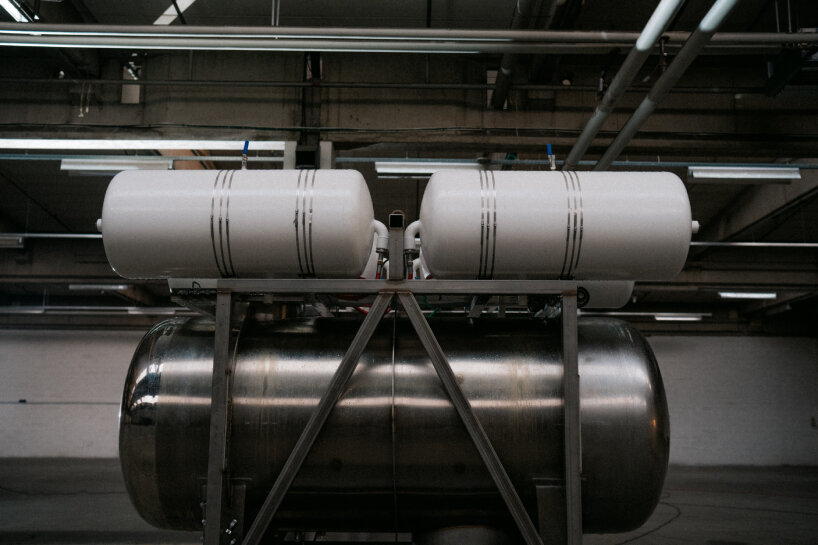
high-pressure tanks filled with air and breathable gas for backup
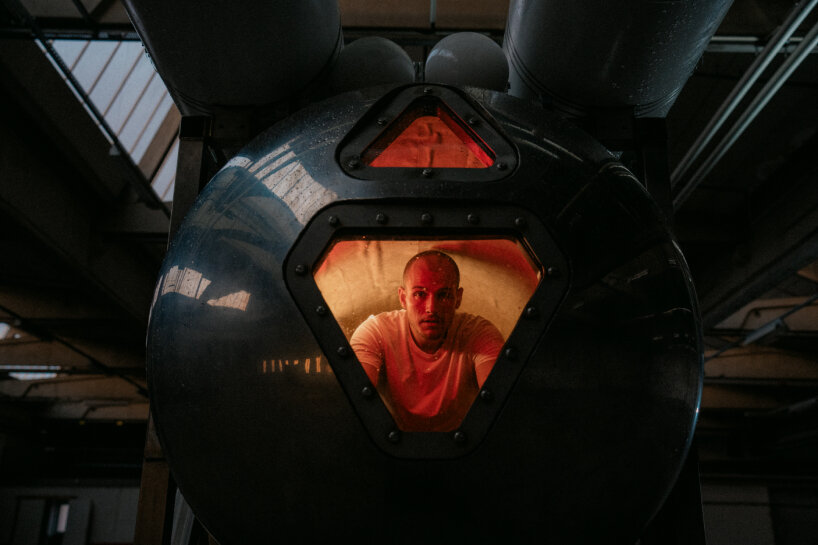
Sebastian Aristotelis dove for SAGA’s underwater habitat
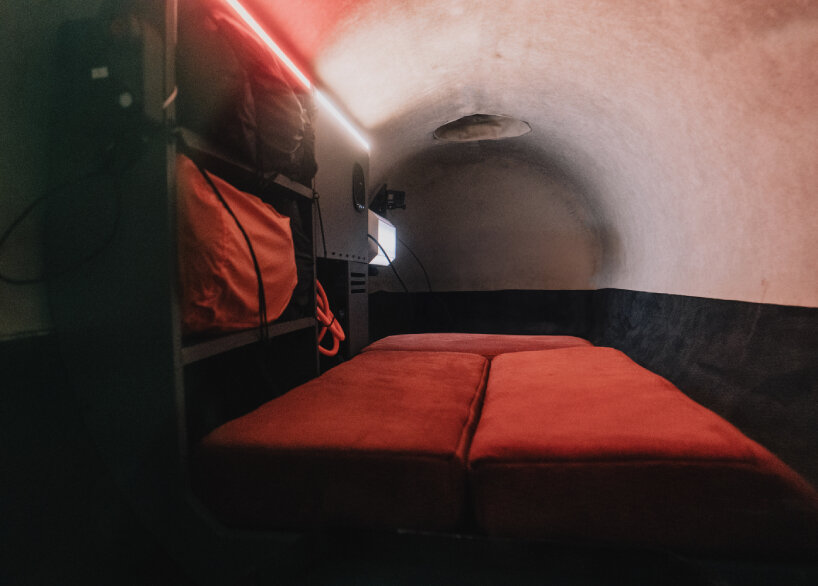
inside SAGA’s pilot underwater habitat

preparing to drop the underwater habitat
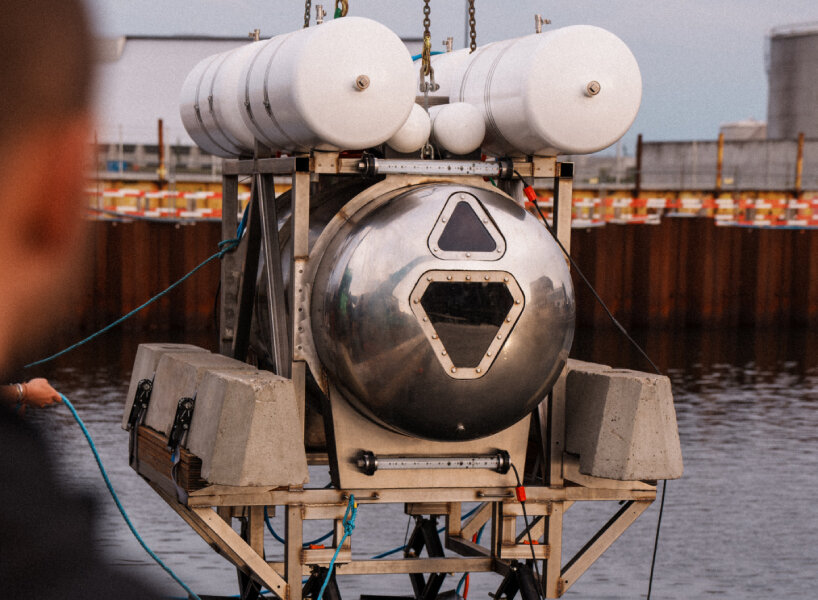
the test was conducted in September 2023
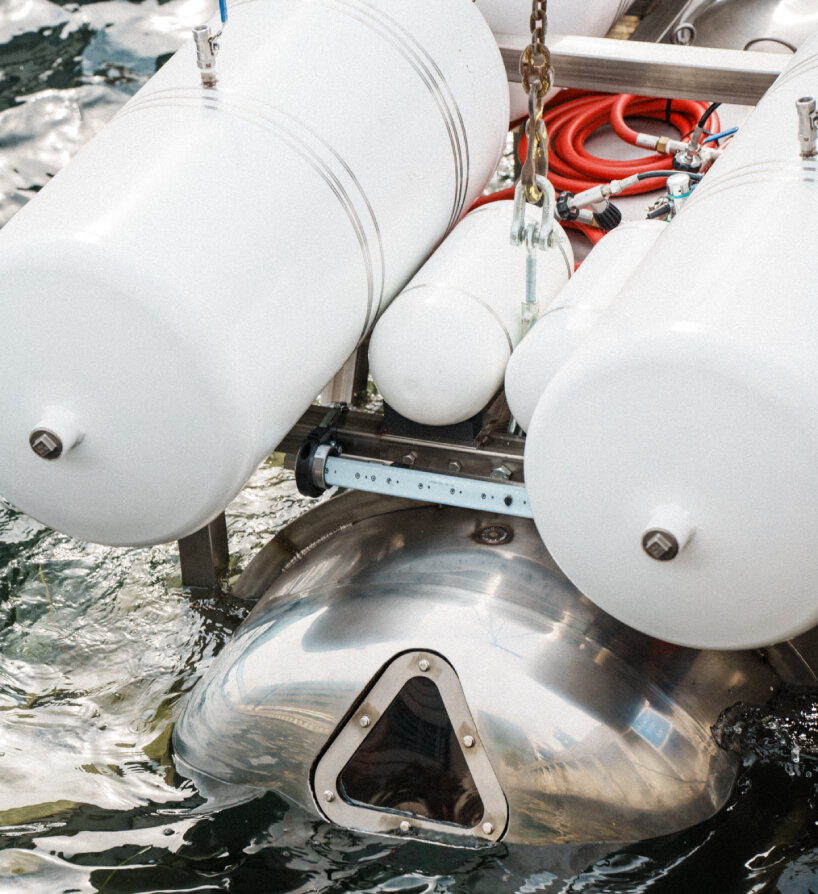
the one-person pilot habitat was complete with the basic subsystems necessary to support life submerged in water
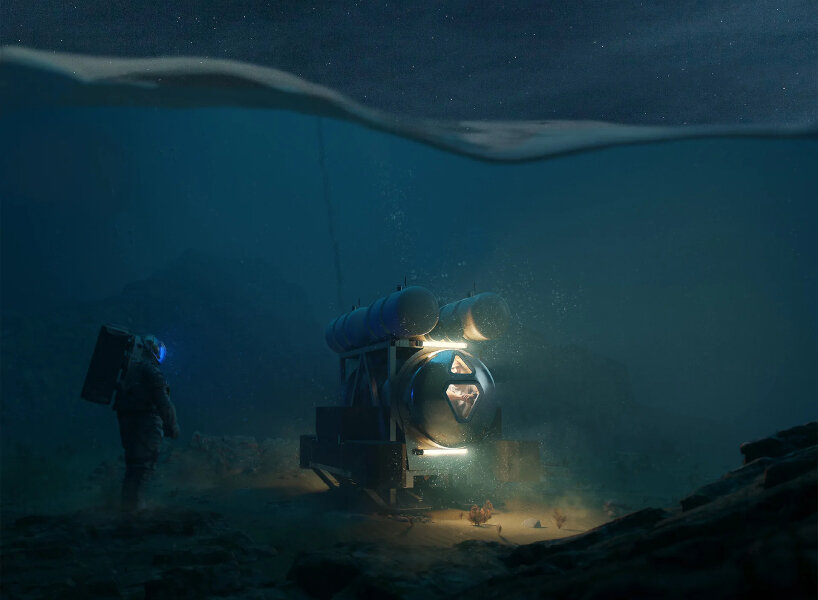
the next step is to create the full-scale SAGA underwater habitat for 3 people
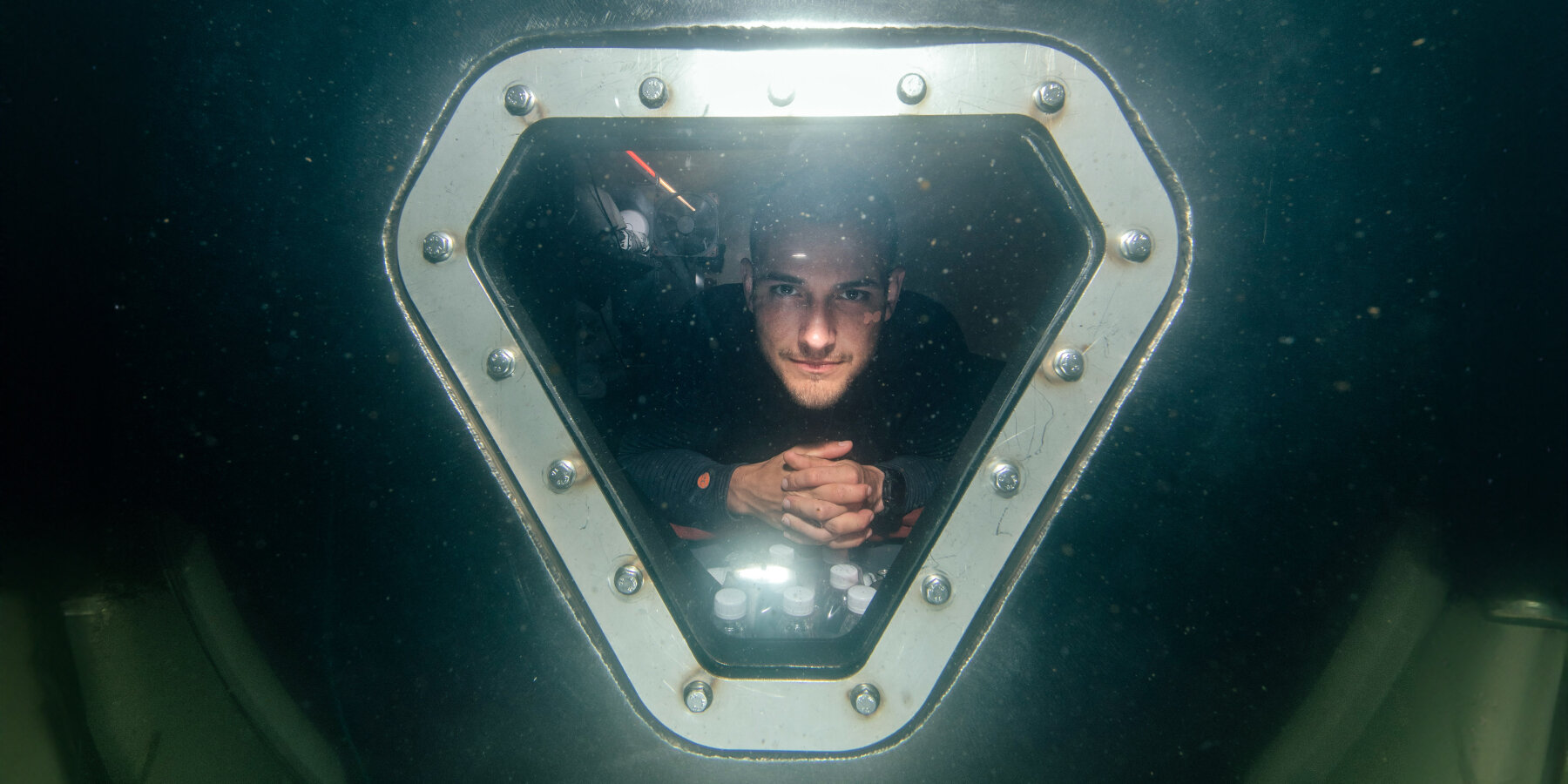
Sebastian Aristotelis inside SAGA’s underwater habitat during testing
project info:
name: Deep Habitat
design: SAGA Space Architects
